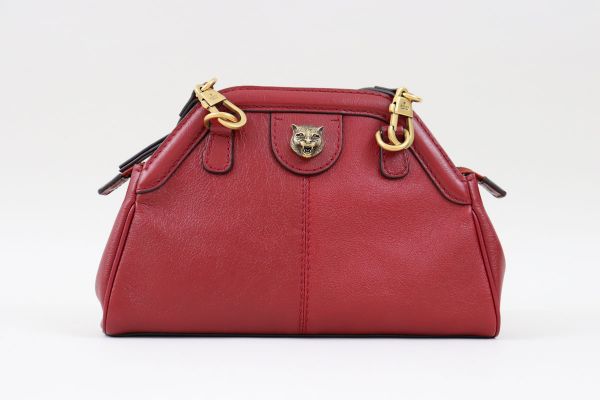

In the mid-1930s, a League of Nations embargo against Italy pushed Gucci to experiment with alternatives to imported leather. In 1938, he brought three of his sons - Aldo, Vasco and Rodolfo - into the business and expanded it to Rome and later Milan. But as its reputation flourished, particularly among the English aristocracy, so too did its footprint. So, in 1921, after a stint at Franzi, a luggage company in his hometown of Florence, he opened a leather goods shop of his own.Īt first, Gucci’s Florence business specialized in equestrian accessories. Guccio Gucci (1881–1953) admired the stylish suitcases he saw wealthy guests arrive with at the Savoy Hotel in London, where he worked as a bellhop.

Today, it’s an internationally renowned luxury house with an iconic logo, and vintage Gucci clothing, handbags and shoes are among high fashion's most covetable goods. Gucci is part of the Kering Group, a world leader in apparel and accessories that owns a portfolio of powerful luxury and sport and lifestyle brands.Long before trend-bucking creative director Alessandro Michele brought his hallucinatory “Utopian Fantasy” campaign to Gucci, it was a modest Italian leather shop. Red suede, black patent-leather (Calf, Goat), red and navy canvasįounded in Florence in 1921, Gucci is one of the world's leading luxury fashion brands, with a renowned reputation for creativity, innovation and Italian craftsmanship. The lined interior is made to store just the essentials - think a cell phone, wallet and keys - and fitted with one zipped pocket to keep smaller items organized. Inlaid with the house's signature striped webbing, this style is expertly crafted from supple suede trimmed with textured patent-leather and finished with the instantly recognizable 'GG' plaque. Gucci debuts this 'Re(Belle)' tote for Spring '18. Gucci Re(Belle) small patent leather-trimmed suede tote Red


 0 kommentar(er)
0 kommentar(er)
